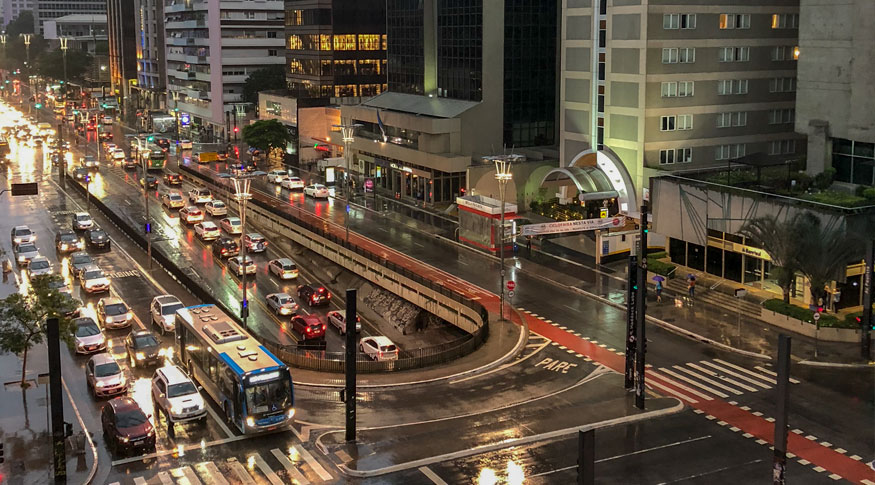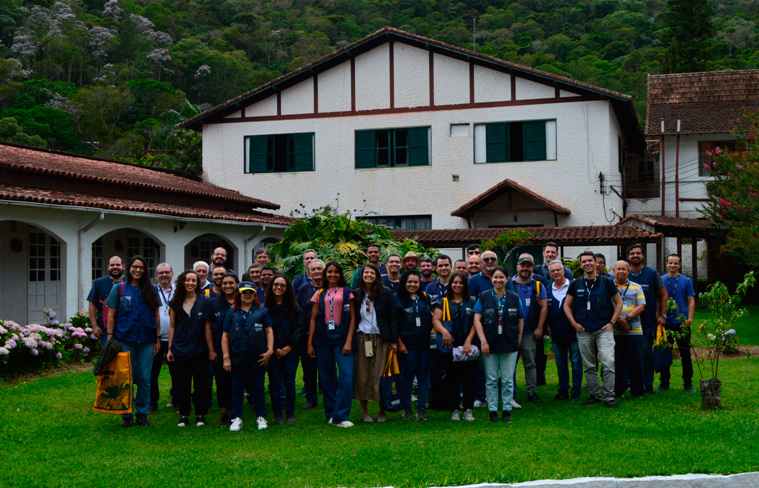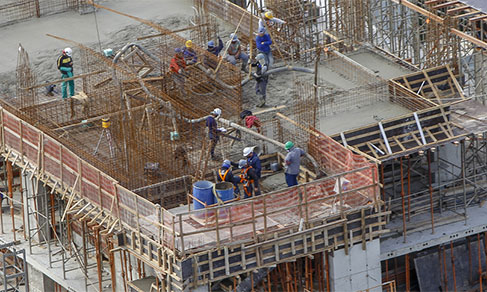Continuous PNAD
São Paulo is the only state with unemployment decrease in Q3
November 19, 2019 09h00 AM | Last Updated: November 19, 2019 03h52 PM

Among the states, São Paulo's unemployment rate was the only one to fall, decreasing to 12% in the third quarter of 2019, after registering 12.8% in the second quarter. On the other hand, unemployment increased only in Rondônia and reached 8.2%, up 1.5 percentage points. The other states remained stable. The highest levels of unemployment were seen in Bahia (16.8%), Amapá (16.7%) and Pernambuco (15.8%), and the lowest, in Santa Catarina (5.8%), Mato Grosso do Sul (7.5%) and Mato Grosso (8%).
The country's unemployment rate in the third quarter of 2019 dropped to 11.8%, after staying at 12% in the previous quarter. The data are from the National Continuous Household Sample Survey (PNAD Continuous), released today by the IBGE.
“The unemployment rate fell in São Paulo due to a significant reduction in the unemployed population, which decreased by 217 thousand people in the quarter. The reduction in unemployment is much more a consequence of the decreasing number of the unemployed than from an increaser in employment,” explained research analyst Ms. Adriana Beringuy.
The survey also points out that in Brazil, 46.9% of the unemployed took from one month to a year looking for a job; and 25.2% took two years or more, a length that has been showing a downward trend. Job seekers taking less than a month are equivalent to 1.8 million people, while 3.2 million have been job searching for two years or more.
In comparison with the same quarter of 2018, Goiás (1.9 pp) and Mato Grosso (1.3 pp) had the highest increases in percentage points in the unemployment rate; while São Paulo (-1.1 pp), Alagoas (-1.7) and Sergipe (-2.8 pp) presented the largest falls.
The national employment rate increased to 54.8%, following the increases in the North (53% to 53.3%), Northeast (46.7% to 46.8%), Southeast (57.3% to 57%). 6%) and Central-West (60.1% to 60.2%), falling slightly in the South (59.4% to 59.2%). Rio de Janeiro was the only state in the Southeast with employment rates below the national average. “Rio de Janeiro's situation has long and short-term term aspects. The state has one of the highest inactive populations due to its big share of retired workers. Another long-term aspect is the state's economic crisis and the job decrease in construction and even in industry, ” says Ms. Beringuy.
With an increase of about 459,000 employed persons, in the quarter ending September, this population reached 93.8 million, a record in the time series that began in 2012. According to Ms. Beringuy, the employed population hit a record due to informality.
Job creation is largely explained by records in two categories associated with informality: there was a 2.9% increase in jobs without a formal contract in the private sector, which registered 11.8 million employees, and of 1.2% in the share of self-employed, totaling 24.4 million people.
The informality rate of the employed population - including employees without a formal contract in the private sector, domestic workers without a formal contract, employers without a National Register of Legal Entities - CNPJ, self-employed without a CNPJ and contributing family workers - reaches 57.9% in the northern states, 53 9% in the Northeast, 38.5% in the Central-West, 35.9% in the Southeast and 32.2% in the South.
The number of people who gave up looking for work, the discouraged, rose to 4.7 million in the third quarter; it had been 4.9 million in the previous quarter. The percentage of discouraged people in the third quarter was 4.2%, down 0.2 pp from the previous quarter. Bahia (781 thousand people) and Maranhão (592 thousand people) have the greatest amount of discouraged.
Blacks or brown are almost two-thirds of the unemployed
In the third quarter, 65.2% of the unemployed were blacks or browns. Whites account for 34% of this distribution, and black people accounted for 12.7%. Only the unemployment rate of whites (9.2%) is below the national average, while that of browns is 13.65% and of blacks, 14.9%.
The unemployment rate of women was 39% higher than that of men, but this difference was already 64.5% in the first quarter of 2012. The smallest difference was registered in the fourth quarter of 2017 (27.6%). The unemployment rate of women in the North (15.1%) and Northeast (16.7%) had the highest estimates and in the South (9.8%), the lowest.
"Northeastern women have the lowest employment rate (38%), which represents 74% of the employment rate of women in the Central-West (50.9%), the highest," said Ms. Beringuy.
In the third quarter of 2019, the labor underutilization rate - which gathers the unemployed , the time-related underemployed and a share of persons available for work but who cannot search for a job for several reasons - was 24%. Maranhão (41.6%) and Piauí (41.1%) have estimates above 40%. On the other hand, the states with the lowest rates were Santa Catarina (10.6%), Mato Grosso (14.7%) and Rio Grande do Sul (16.3%).




















